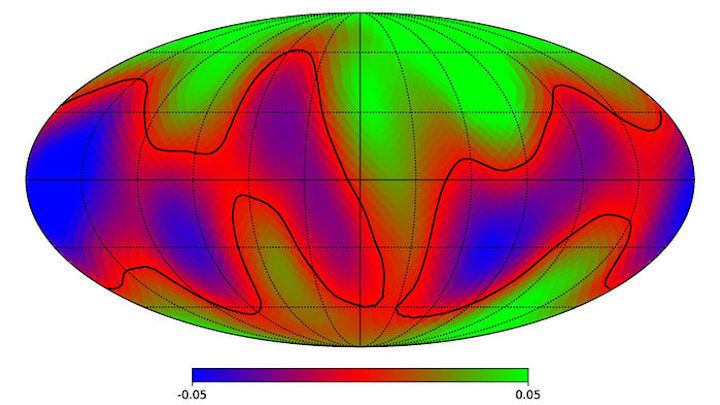18.08.2019

When Earthly astronomers train their telescopes on exoplanets beyond our solar system, they’re lucky to see even a single dot of light. How can they figure out whether it might have suitable conditions for life? To find out how they might know more, a team of scientists turned the problem on its head: They took images of a habitable planet—Earth—and transformed them into something alien astronomers light-years away would see.
The team started with about 10,000 images of our planet taken by NASA’s Deep Space Climate Observatory (DSCOVR) satellite, which sits at a gravitational balance point between Earth and the sun, allowing it to see only the daytime side of the planet. The images were taken at 10 specific wavelengths every 1 to 2 hours during 2016 and 2017.
To simulate an alien point of view, the researchers reduced the images into a single brightness reading for each wavelength—10 “dots” that, when plotted over time, produce 10 light curves that represent what a distant observer might see if they steadily watched exoplanet Earth over 2 years.
When researchers analyzed the curves and compared them with the original images, they figured out which parameters of the curves corresponded to land and cloud cover in the images. Once they knew those relationships, they picked out the parameter most closely related to land area, adjusted it for the 24-hour rotation of the Earth, and constructed the above contour map, soon to be published in The Astrophysical Journal Letters.
The black lines, which mark the median values for the land parameter, serves as an approximate coastline. Rough outlines of Africa (center), Asia (upper right), and the Americas (left) are clearly visible. While this is obviously no substitute for an actual image of an alien world, it may allow future astronomers to assess whether an exoplanet has oceans, clouds, and icecaps—key requirements for a habitable world.
Quelle: AAAS

